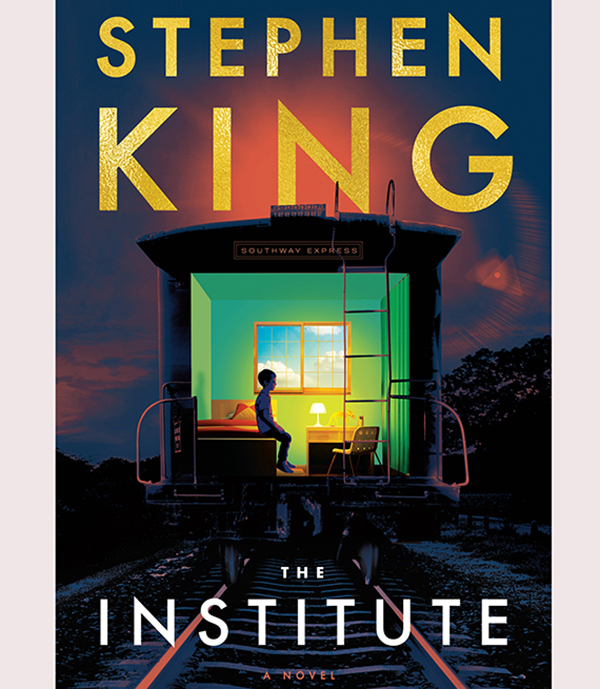If you’re still clinging to the hype of It Chapter Two, Stephen King’s latest film release, prepare for his newest novel, The Institute, which brings us back to evil in its truest form (as well as the funniest band of kids since the Losers’ Club). While not a horror novel directly, King returns to a key theme from his debut novel Carrie, focusing on the inhumanity among us that triumphs when it goes unchallenged.
Luke Ellis, the protagonist, is not your typical 12-year-old boy, namely for some of the dated catchphrases he’s prone to using. “Calm down, mamacita,” said by Luke, is something a 72-year-old writer in Maine would probably peg as “Gen Z” slang. Luke Ellis is one of many psychic children abducted in the night and brought to the harrowing Institute, where he learns that his parents have been murdered, there’s no escape, and that the only thing worse than the near-drowning torture he’s subjected to is the threat of disappearing to the Back Half, where the kids are never heard from again.
Set in the modern United States under the turbulent presidency of Donald Trump, King brings contemporary issues of immigration detention camps, dehumanization of migrants, and even declining funds for public libraries to light. King has never shied away from including commentary on then-sitting presidents such as Clinton, Bush, and Nixon, and the presence of Trump lingers in the background throughout the near 600 page novel, alluding to the author’s heavy criticism of the American leader and his current state of affairs. We are not ignorant to the dehumanizing language that paints immigrants and migrant individuals as threats; there’s plenty of fearmongering found on social media that suggests that what’s different or foreign is dangerous. King confronts this hatred in a scathing critique by taking young, relatable, and, as they always are, innocent children and weaponizing the same rhetoric that spews from various political leaders for his villainous entourage instead.
The novel shares elements from Netflix’s Stranger Things (think of the detainment of Eleven in the first two seasons), but it also parallels the immigration detention centres in the southern USA, albeit incidentally, as King began writing The Institute before Trump’s immigration policies came into effect. Children in the book are no longer innocent or even considered people, but instead they’re classified as dangerous, powerful vessels to be broken down then moulded into something new. Each child is gifted as either TP (telepathic) or TK (telekinetic), and the “instructors” are determined to obtain nothing short of perfect results. I won’t spoil The Institute’s intentions and why the folks in charge feel no shame in torturing children, but King is committed to the concept that the villain never recognizes villainy in themselves — the idea of the “greater good” has various considerations at play.
While King’s endings often face scrutiny for their lackluster reveals, The Institute answers to its many mysteries with an exciting though uncertain resolution that leaves it open to interpretation (and if you go online, there are various reactions already out there). The flap jacket warns us that the good guys don’t always win, and there are layers upon layers to that truth. If you’re seeking a recommendation for your next October read, fans of It, The Shining, or Firestarter will find a familiar and unsettling thrill in the pages of The Institute.


